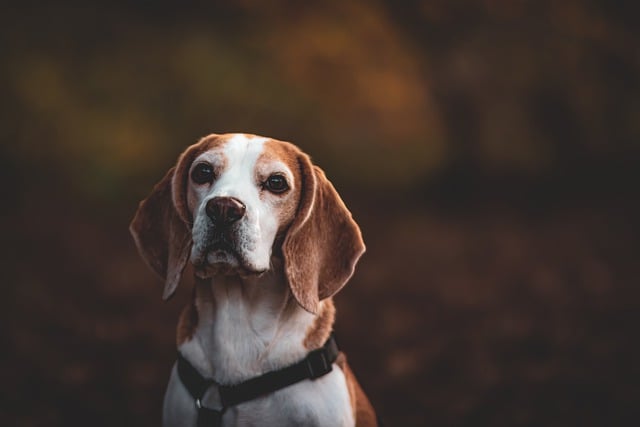
How do i train my dog to be obedient?
Watching your dog dart across the park ignoring your calls isn’t just frustrating—it can put them at risk near busy streets or public spaces.
That frustrating moment when your excited Labrador turns every walk into a tug-of-war match - leash training doesn't have to be a months-long battle if you understand canine psychology. The fastest effective method combines positive reinforcement with strategic environmental management, often yielding noticeable results in just 3-5 days of consistent practice. Forget those outdated "jerk-and-pull" techniques; modern animal behavior research shows reward-based training creates lasting leash manners while strengthening your bond. Here's how to transform chaotic walks into enjoyable outings quickly and humanely.
Start indoors where distractions are minimal. Let your dog sniff their harness and leash, rewarding with chicken bits to build positive associations. Attach the leash for short periods during meals or playtime so they learn to ignore it. When they naturally walk near you without pulling, mark the behavior with a clicker or "yes!" and immediately reward. This captures the exact behavior you want - loose leash walking - rather than waiting for mistakes to correct. Apartment dwellers should practice in long hallways during low-traffic times, keeping sessions under 5 minutes to prevent frustration (for both of you). Remember that puppies have short attention spans; five 2-minute sessions daily work better than one long session.
Graduate to outdoor spaces using the "tree method" in your backyard or quiet parking lot. When your dog pulls, become a tree - stop completely and wait until the leash loosens, then reward and resume walking. This teaches that pulling makes progress stop while loose leash walking makes movement continue. For stubborn pullers, abruptly change direction whenever they hit the end of the leash, praising when they reorient to you. Always carry high-value treats in an easy-access pouch (along with waste bags - most cities require cleanup regardless of training distractions). If your dog fixates on another dog or squirrel, create distance first before asking for attention; setting them up for success is faster than correcting failures.

Legal and social considerations matter in leash training. Many municipalities like Seattle and Chicago require dogs to be leashed in public spaces, with length restrictions (typically 6 feet max). Retractable leashes may seem convenient but actually teach dogs to pull against tension - stick with fixed-length leashes during training. If your dog reacts aggressively on leash, ensure their rabies vaccination is current and consider a "In Training" vest to signal others to give space. Most importantly, never yank or choke the leash - aside from being cruel, these methods are illegal in places like Quebec and often increase reactivity. Instead, use harnesses that discourage pulling without causing discomfort, like front-clip models.
The secret to speed? Make walks more rewarding than pulling. Use special "walking treats" your dog only gets during leash practice. Vary your pace and direction to keep them engaged with you. End sessions before your dog gets tired and starts ignoring commands - quitting on a success leaves them eager for next time. With this approach, even energetic breeds like Huskies can master loose-leash walking within weeks, turning mandatory potty breaks into enjoyable bonding time while keeping you compliant with community standards.

Watching your dog dart across the park ignoring your calls isn’t just frustrating—it can put them at risk near busy streets or public spaces.

New puppy owners often find themselves rushing to clean up accidents before they set in, and that’s where puppy pad training becomes a game-changer.

If you've noticed your dog's waistline disappearing and your veterinarian has mentioned those few extra pounds, your first instinct might be to simply reduce the amount of food in their bowl.

Training a dog to use a designated spot indoors isn’t as daunting as many new owners fear, but it does take consistency and an understanding of your pet’s needs.

That moment of dread on a walk is all too familiar for many new dog owners. You see another dog approaching down the sidewalk of your neighborhood

If the sight of another dog on your neighborhood walk makes your heart sink as your own dog erupts into a frenzy of barking and lunging, you're not alone.